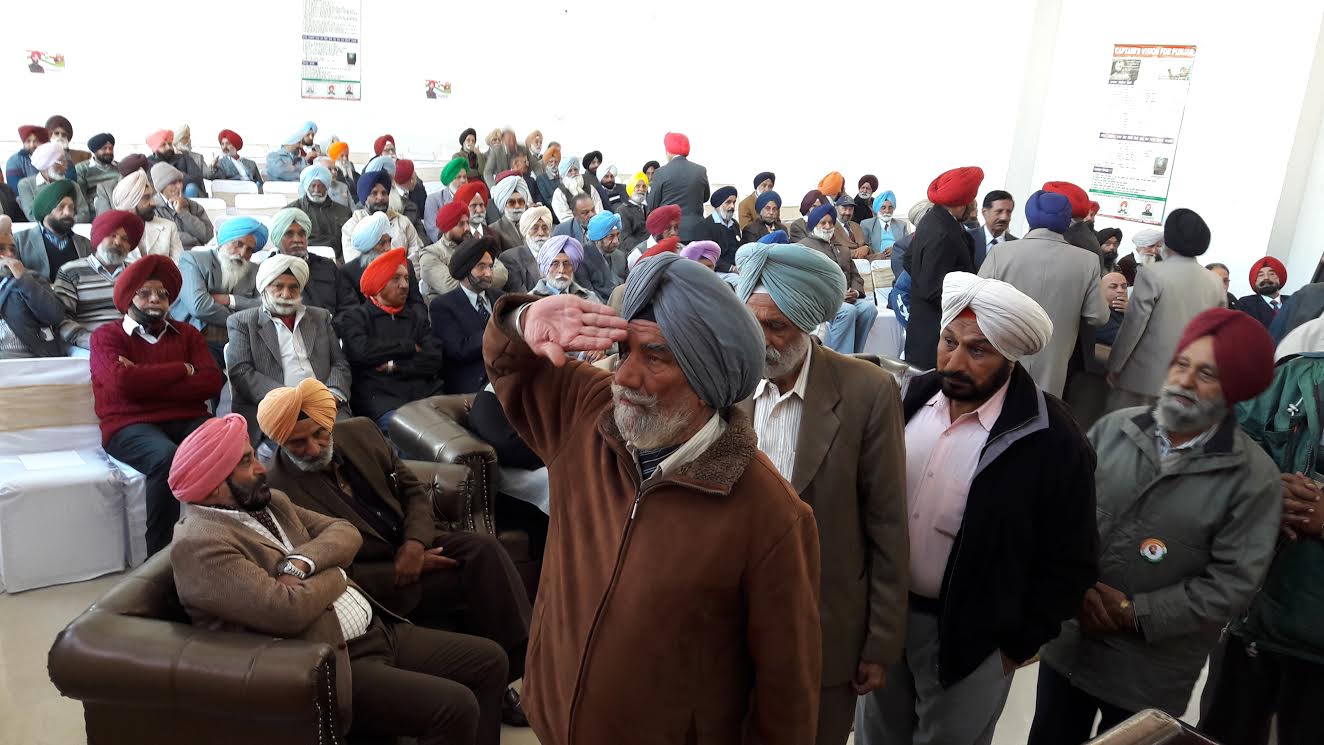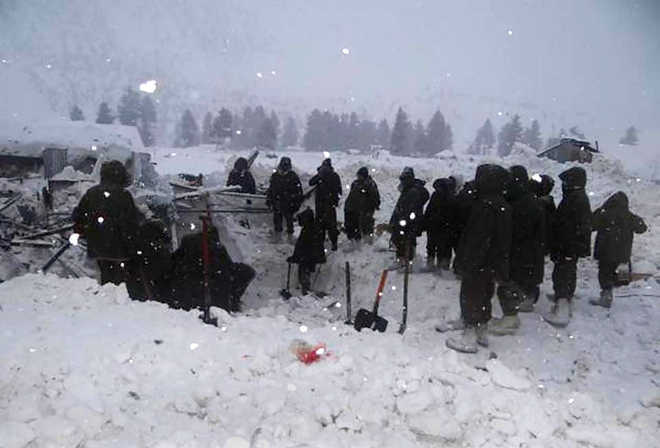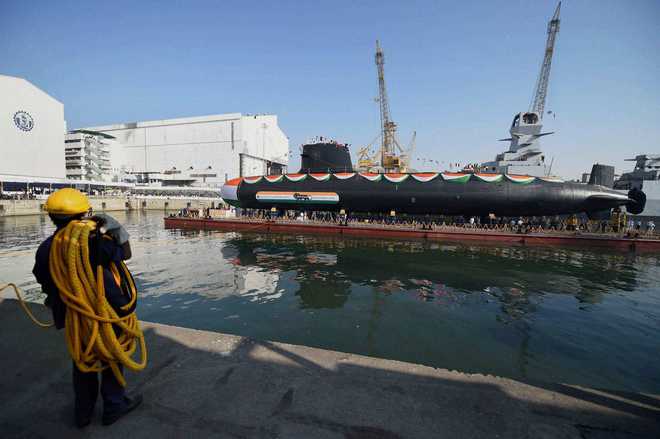ALL INDIA EX-SERVICEMEN JOINT ACTION FRONT(SAMJHA MORCHA) VOWS TO SUPPORT CAPT AMRINDER on ARMY DAY
Veterans cum Army day was organised was organised by All India Ex- Servicemen Joint action Front(Sanjha Morcha) at the community Hall Phase 6 Mohali.
It was largely attended by the Ex-Servicemen from the three services from Mohali,Morinda, Fathegarh Sahib , Khanna and Jullundur. Homage was paid to the Martyrs of Defence forces. The veterans recalled the selfless service they had rendered to the Nation but subsequent government failed to recognised their services and sacrifices and instead lowered the status OF DEFENCE FORCES as compared to the civil service
Capt Amrinder singh could not make it to the venue from Bhatinda due to bad weather, where he had gone to commence the congress election campaign from his native village Mehraj after paying obeisance at Shri Guru Hargobind Gurdwara. However same was attended by S. Balbir Singh Sidhu,MLA from Mohali who equally praised ESM and ensured that he will fight for the status and recognition of ESM , being himself from defence forces family.
The veterans appreciated and praised the Points included for the welfare of Ex-servicemen in the manifesto released by Congress under the guidance of Capt Amarinder and S. Manpreet Singh Badal. The ESM were confident that if Capt Amarinder Singh comes to power they will get opportunity to serve and contribute in Punjab govt in administrative works.
The details policy and views of Capt Amrinder were highlighted by Col RS Bopari ,President Sanjha Morcha and was touched in dwtail by maj Gen SPS Grewal. Lt Gen Jasbir Singh Dhariwal , Chief Patron ,Sanjha Morcha highlighted the various Manifesto points concerning ESM welfare included in Congress manifesto. Col Bhag Singh ,Chairman ESM Committee Punjab Congress wing spoke about betrayal by various central govt from time to time for granting OROP.
Brig HS Ghuman brought out as to how the govt denied the serving soldiers to cast their e-ballot. The present stations declared by EC has nominal strength of serving soldiers , hence deprived the serving soldiers to cast their votes in Punajb.These stations have the lowest serving personnel’s than Bhatinda,Ferozpur,Jallander,Amritsar, etc.
All speakers were critical about the way they are being denied OROP and also all speakers showed concern about the present controversy about selection of Army Chief for politicizing the highest post of Army. The other senior officers ,Brig KS Kalon, ,Brig Inderjit and many officers from army ,Navy and Airforce attended the celebration. H/Capt NS Multani also blamed politician for trapping Gen JJ Singh ,an Ex-Army Chief and Ex-Governor into election battle field against another ESM
Brig KS Kahlon.Col RS Boparia President Sanjha Morcha,Lt Gen Jasbir Singh Dhariwal Chief Patron Sanjha Morca,S. Balbir Singh Sidhu,MLA Mohali,Col Bhag Singh,Chairman ESM Cell Punjab congress

























































































